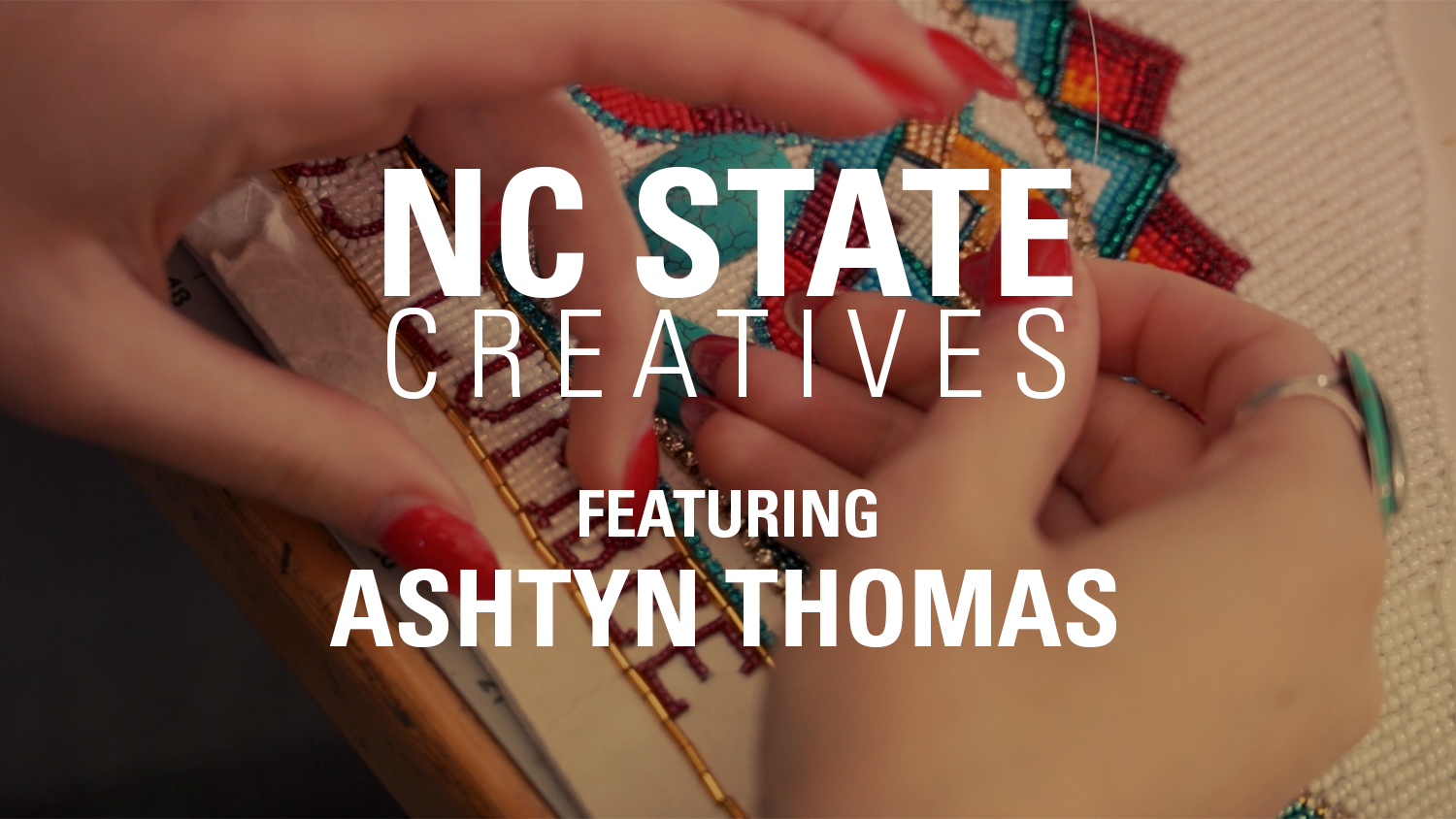Discovering Goldwork – Week One

This is a blog by Katelynn McCorquodale and what she discovered by end of the first week of goldwork lessons. McCorquodale had the opportunity to participate in the Study Abroad in London, that included tours, classes, and learning the history and influence of fashion, embroidery, and clothing from the UK.
After the first two weeks of getting more comfortable with the different crewel work techniques and materials, I remember feeling slightly anxious about learning how to stitch with gold threads. It was especially scary (to me) because I had never even heard of the techniques we were about to be taught. Although you can create similar effects with both the crewel and gold threads, the process used to create these effects were significantly different from one another.
The materials used for goldwork embroidery made the entire experience so exciting, but much more challenging at first. There are so many different types and sizes of gold thread, including: pearl purl, rococo, smooth pearl, Japanese thread, and bright check. The fascinating part about each of these threads is the different roles they play in your stitching process—each one having it’s very own purpose. Pearl purl is generally used to outline shapes, while bright check is usually used for the chipping technique (similar to beading). I loved learning the contrasting features of each one—discovering the qualities that make that specific thread unique. Knowing the qualities of each thread and how it was traditionally used also taught me how I could possibly break the rules—but that is only possible—after knowing the qualities of the particular threads.
A few of the stitches we previously learned with the crewel work were able to be carried over into goldwork—the most prominent one being couching. Couching is used frequently when working with any metal threads, just because it is not very easy to thread the needle without ruining the thread as you are stitching. The first day of learning gold work, we started by couching the Japanese thread in different shapes. My favorite being the circle shape, just because of the way the light reflected on the thread and gave the thread a “wavy” or “warped” quality.
We then moved onto different techniques, which included chipping with the bright check and cutwork (alternating the smooth pearl and bright check). I specifically enjoyed using the smooth pearl and bright check because it wasn’t necessary to plunge the thread since both are hollow on the inside. Whereas when couching the Japanese threads, it is essential to plunge the ends of the thread and tie them off on the underside of the project. I specifically appreciated using the felt padding and soft yarn to create an even more three-dimensional design.
Overall, learning the techniques of goldwork was phenomenal and so eye opening. Working with metal threads isn’t something many people learn on their own, so these techniques really spark some inspiration for later projects I will be working on. Lastly, learning how to accomplish designs that have been seen on Alexander McQueen and Dolce & Gabbana gowns was the most exhilarating part of this experience; it taught me that anything is possible when one possesses a will to learn.


